Why are buyers already lining up for the Russian Checkmate fighter jet?
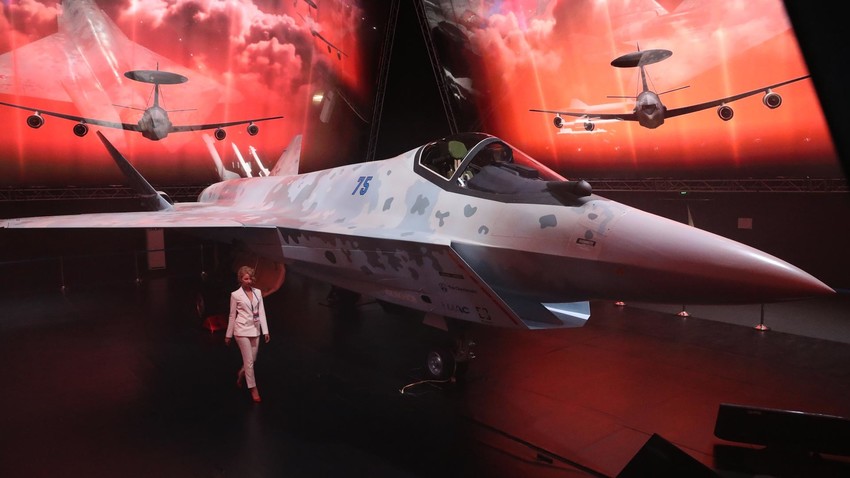
The United Aircraft Corporation is working on the development of Russia’s first single-engine fighter jet, the aptly named ‘Checkmate’. Its price is expected to be very affordable - $30-35 million. The low cost, as well as political considerations, mean that many countries that currently can’t afford to join the club of owners of 5th-generation fighters will be able to do so, thanks to the Russian manufacturer.
A prototype of the aircraft is currently on display at the Dubai Airshow taking place in the United Arab Emirates from November 14 to November 19, 2021. The fighter is being exhibited by the Rostec State Corporation in a pavilion closed to the public. Among the interested parties who attended the presentation of the aircraft was Mohammed bin Rashid Al Maktoum, prime minister of UAE and Emir of Dubai.
Almost impossible to buy
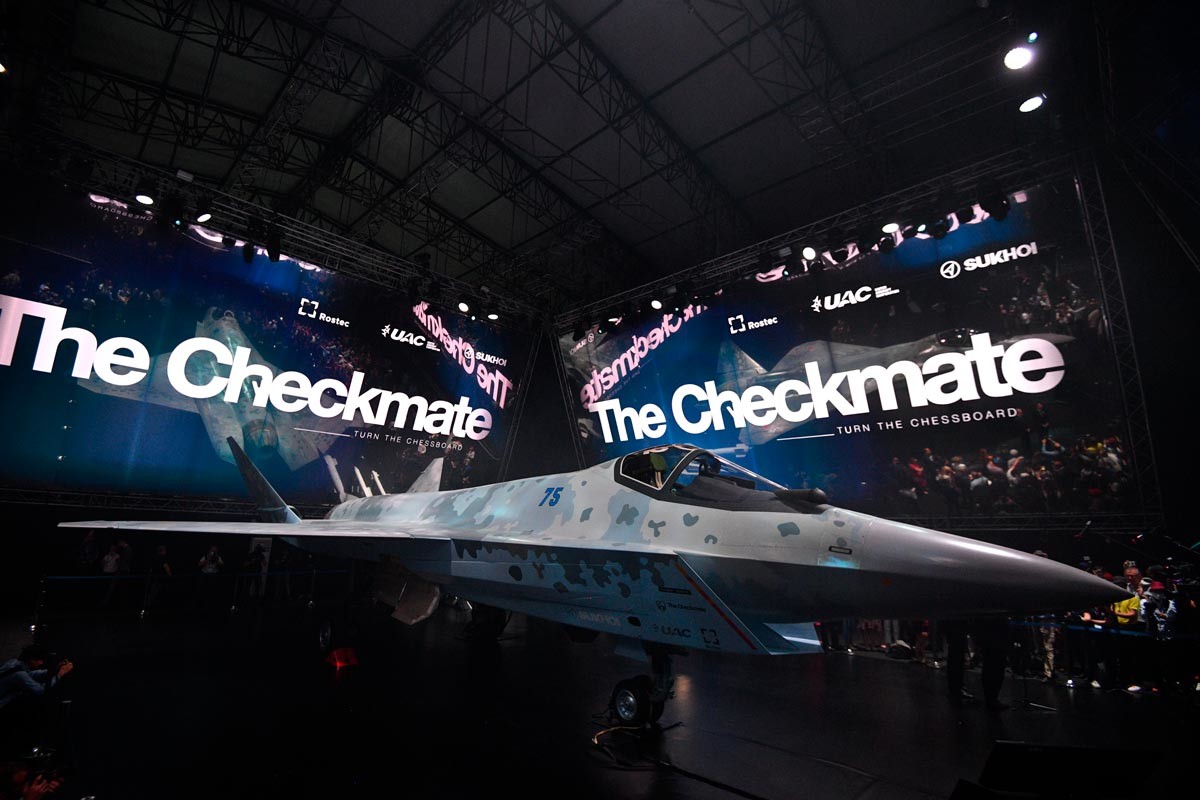
Checkmate at the MAKS-2021.
Evgeniy Biyatov/SputnikAt the present moment, the only really sought-after 5th-generation fighter plane on the international arms market is the American F-35 ‘Lightning’. It is deployed in the air forces of nine countries in addition to the U.S. - Australia, Britain, Holland, Denmark, Israel, Italy, Norway, South Korea and Japan. The F-35 is endowed with all the characteristic 5th-generation features: radar stealth, supersonic flight, a modern range of on-board avionics, an enhanced thrust-to-weight ratio and compartments for storing weapons inside the fuselage. One of the F-35’s optional extras is a vertical take-off and landing capability, something that makes it possible, for instance, to deploy the plane from all-purpose amphibious assault ships whose deck is too short to allow conventional aircraft to take off. Put another way, the American ‘Lightning’ is plainly capable of substantially increasing the combat capabilities of the air force of any army in the world.
The F-35’s really weak point is not its “ironmongery”, so to speak, but its market price. According to open sources, the average minimum price of a single plane is $80-100 million. What is more, if the example of other Western suppliers of combat aviation is anything to go by, the price can be significantly higher (the plane could be sold to one country for $50 million, for the sake of argument, and to a different one for $150 million). In these circumstances, only the most developed countries with ample defense budgets can allow themselves the acquisition of the all-singing, all-dancing 5th-generation American fighter plane in significant quantities.
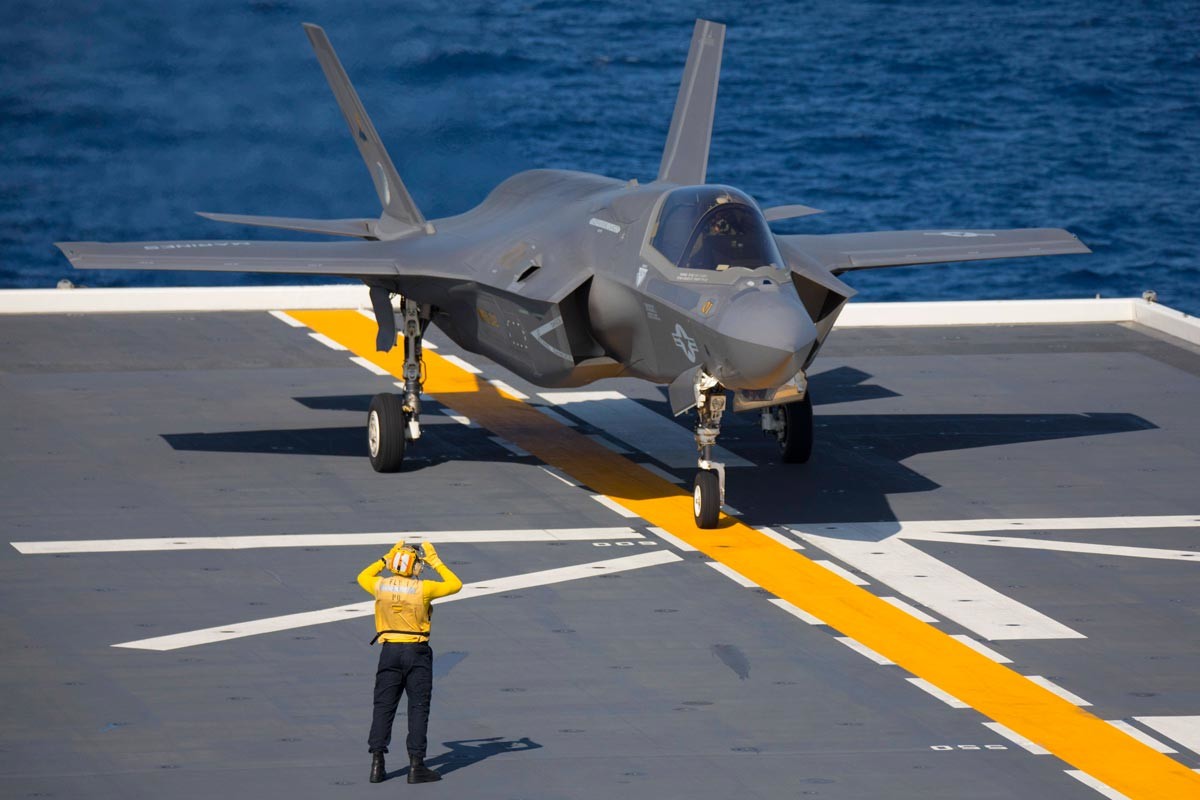
F-35B.
Legion MediaPolitical considerations are another not inconsiderable factor that substantially reduces the F-35's accessibility. For the time being, the U.S. is only willing to sell the plane to its manifest allies or countries that, in the opinion of the U.S., find themselves deeply embedded in its sphere of influence. Not everything has gone smoothly even with sales to allies. Switzerland, which wanted to buy the American F-35s, was unable to do so, despite having adequate funds to pay for them and despite its allied status. It was hindered by its European neighbours, who declared that the decision would undermine European companies that had developed and were manufacturing the Eurofighter ‘Typhoon’.
Another example of the political obstacles that have been placed in the way of sales of the F-35 is the saga involving Turkey. Having purchased a batch of S-400 ‘Triumf’ [Triumph] air defense system units from Russia, Ankara was informed by the U.S. that Turkey would be barred from acquiring the 5th-generation fighter plane. The most the American side is offering Turkey is the 4th-generation F-16 fighter jet.
Many will be able to afford the Russian plane
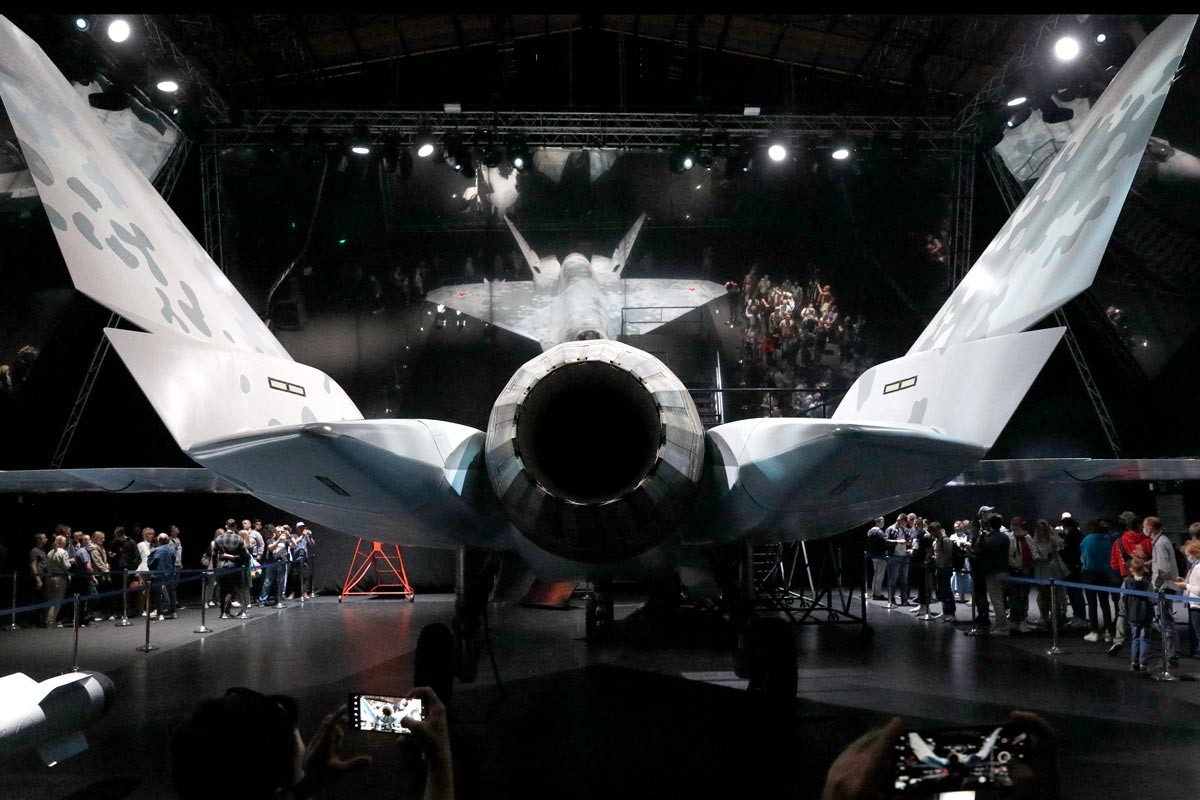
If Russia’s ‘Checkmate’, given all these circumstances, enters serial production in a reasonable timeframe, it could become a really attractive proposition on the world combat aviation market, according to Russian military analyst and director of the Center for Analysis of Strategies and Technologies (CAST) Ruslan Pukhov.
“The 5th-generation single-engine fighter with its advertised modest cost parameters in terms of both purchase price and operating costs will undoubtedly present an interesting prospect for a wide range of customers and, first and foremost, for those unable to acquire the American F-35 fighter plane for political reasons. Consequently, it could become a ‘gateway to the 5th generation’ for the air forces of many countries in the world, performing a similar gateway role to the one the F-35 currently plays for the air forces of the USA’s privileged allies,” Pukhov says.
The expert recalled that, aside from overall price, the ‘Checkmate’ (which, according to the developers, has all the features of a 5th-generation fighter aircraft) should compare favorably - its developers maintain - with the F-35 in terms of running costs. “The chief designer of the light tactical aircraft has stated that the fighter ‘will have one-seventh the cost per flight-hour’ [ca. $4,500] of the American F-35, which, in the latter’s case, is put at $31,000-$33,000 at the present time,” the CAST director explains.
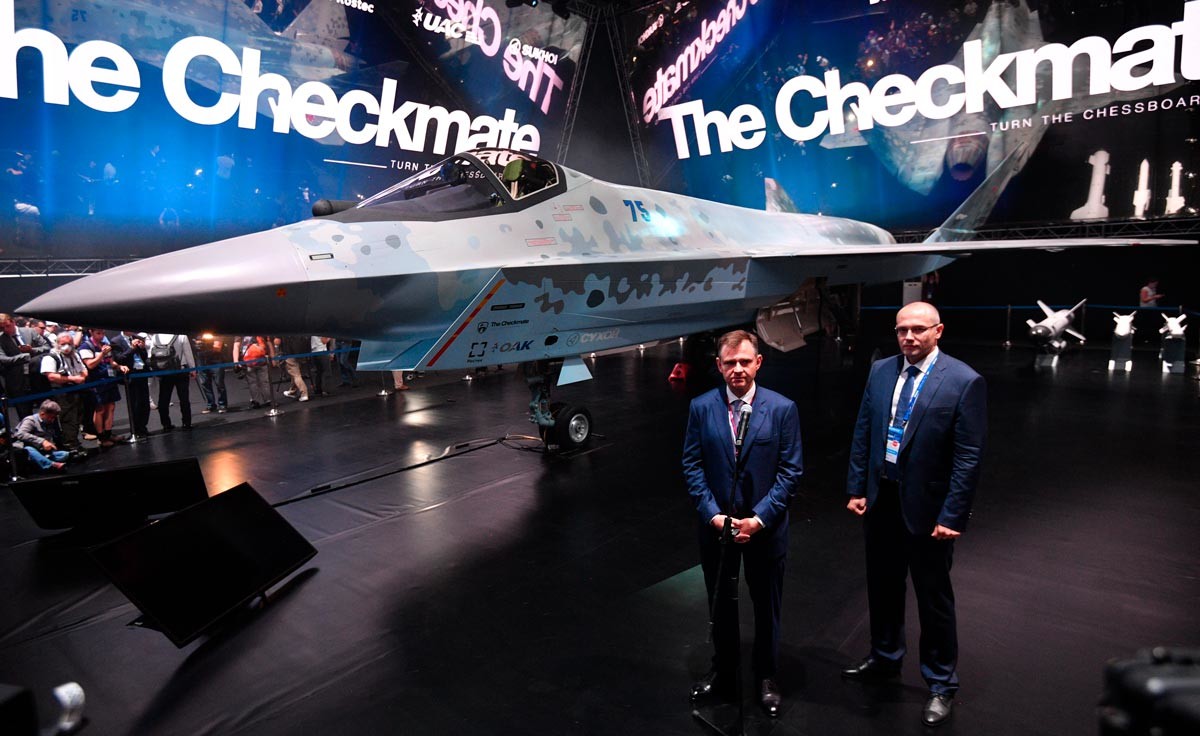
“The plane should be able to compete with the American F-35 ‘Lightning II’ fighter and Sweden’s Saab JAS 39E/F ‘Gripen NG’ (4th-generation fighter plane), which are evidently seen as the main market competitors in the foreseeable future,” Pukhov notes.
The developers say that the maiden flight of the first prototype of the plane should take place as early as 2023. It is planned to manufacture the next flyable development models in 2024-25 and to complete state tests in 2026. The delivery of the first batch of the new fighter planes to customers should take place in the same year. According to the United Aircraft Corporation’s business plan, the potential volume of export deliveries of the new fighter plane is 300 aircraft in the next 15 years.
If using any of Russia Beyond's content, partly or in full, always provide an active hyperlink to the original material.
Subscribe
to our newsletter!
Get the week's best stories straight to your inbox